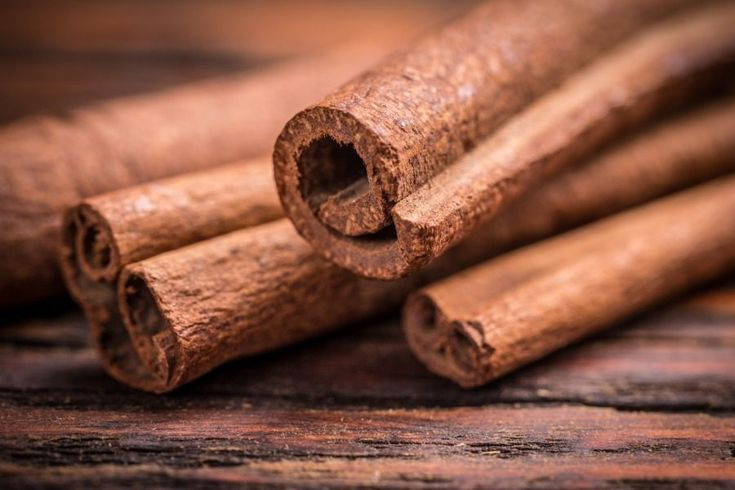How to Import Cassia from Vietnam: Regulations & Export Procedures
- Rose
- 4月20日
- 讀畢需時 3 分鐘
Importing cassia from Vietnam offers businesses the opportunity to access high-quality, competitively priced products. However, to ensure smooth transactions and compliance with international trade laws, it’s important to understand the regulations and export procedures involved. This guide outlines the key steps for importing cassia from Vietnam.

Key Regulations for Importing Cassia
Understanding import regulations is essential to avoid delays, fines, or product rejection during the customs clearance process.
Customs and Import Duties
Import Tariffs: Import duties on cassia cinnamon vary by country. Check the HS code for cassia (typically 0906.11 or 0906.12) to determine the applicable tariff rate.
Customs Declarations: Importers must submit a customs declaration that includes a description of the product, quantity, value, and country of origin.
Taxation: Certain countries may impose VAT (Value Added Tax) on imported spices, so it’s essential to factor this into the total cost.
Health and Safety Standards
Food Safety Regulations: Importers must ensure that cassia meets the food safety standards of the importing country. For example, the US FDA and the EU Food Safety Authority set limits on contaminants like pesticide residues, heavy metals, and mycotoxins.
Phytosanitary Certificates: Vietnam exporters must provide a Phytosanitary Certificate, proving the product is free from pests, diseases, and harmful microorganisms.
Organic Certification (If Applicable)
For organic cassia, ensure that the supplier has the necessary organic certification (e.g., USDA Organic, EU Organic). This certification may also require regular inspections and testing by accredited bodies.
Steps for Importing Cassia from Vietnam
Follow these steps to navigate the export and import process effectively.
1. Select a Reliable Supplier
Choose a reputable supplier who complies with international standards. Look for suppliers who:
Provide certificates of analysis (COA)
Have organic certifications (if needed)
Offer a consistent quality product
2. Request Product Samples
Before placing a bulk order, always request samples to evaluate the quality of cassia cinnamon. Review factors such as:
Aroma and color
Moisture content (below 13% is ideal)
Packaging for damage or contamination
3. Negotiate Pricing and Payment Terms
Discuss pricing based on volume, delivery schedules, and payment options. Ensure that:
Prices are clear and competitive
Payment terms (such as letter of credit or TT payment) are agreed upon
Payment in advance or partial payments are negotiated for large orders
4. Review Export Documentation
Ensure the supplier provides the required export documents, including:
Commercial Invoice
Packing List
Phytosanitary Certificate
Certificate of Origin
Certificate of Analysis (COA) (if applicable)
5. Arrange Shipping and Logistics
Mode of Transport: Choose between sea freight, air freight, or land freight based on cost, time, and volume.
Freight Forwarders: Work with a freight forwarder to handle international shipping, customs clearance, and delivery to your warehouse.
Customs Clearance: Ensure that customs brokers are involved to manage the import process, including tariff calculation and clearance.
6. Import Taxes and Duties Payment
Prepare to pay any import taxes, duties, and VAT applicable in your country. This includes submitting the necessary customs documents and paying the fees as required by the authorities.
Important Export Procedures for Vietnamese Suppliers
Vietnamese cassia suppliers follow strict export procedures to ensure the quality and legality of the products they ship.
1. Inspection and Quality Control
Vietnamese cassia undergoes inspection at the processing facilities for compliance with international standards. This may include:
Sensory Testing: Color, aroma, and texture are assessed.
Contaminant Testing: Products are checked for heavy metals, mycotoxins, and pesticide residues.
2. Export Documentation Preparation
The Vietnamese exporter must prepare all required documentation before shipment:
Export Permit: A government-issued permit required for international shipments.
Packing List and Invoice: Necessary for customs and trade purposes.
Export Certificate: A certificate issued by the Vietnamese government verifying that the cinnamon meets national and international export standards.
Where to Find Trusted Suppliers in Vietnam
To find reliable cassia suppliers, consider the following sources:
B2B Marketplaces: Platforms like Alibaba and Global Sources feature verified Vietnamese suppliers.
Direct Factory Sourcing: Work with Vietnamese factories directly for better quality control and pricing.
Industry Associations: Organizations like Vietnam Spice Association can connect you with reputable exporters.
Trade Shows: Attending events like Vietnam Food Expo provides opportunities to meet suppliers face-to-face.
Importing cassia from Vietnam involves understanding the regulations, obtaining the right documents, and selecting a reliable supplier. By following proper procedures and ensuring compliance, businesses can ensure smooth transactions and high-quality products.
If you are searching for a trusted supplier, Mekong International provides high-quality, certified cassia cinnamon with competitive pricing and reliable global shipping.
MEKONG INTERNATIONAL CO., LTD
Contact Name: Mr. Ninh Tran
Phone: +84 909 722 866 (Phone / Whatsapp / Wechat)
Email: ninhtran@mekongint.com








